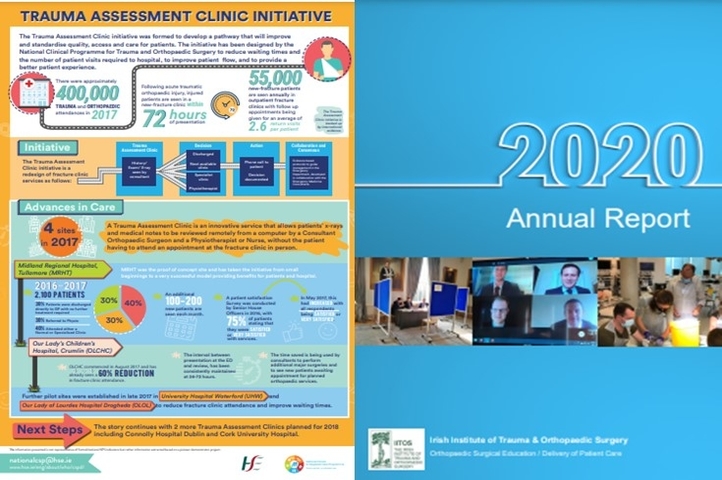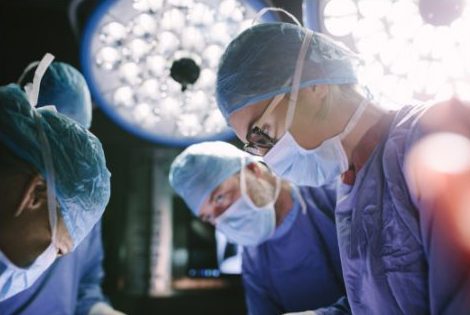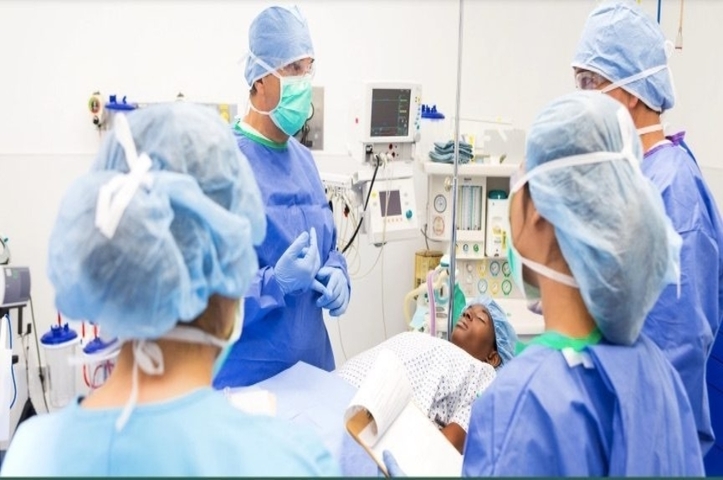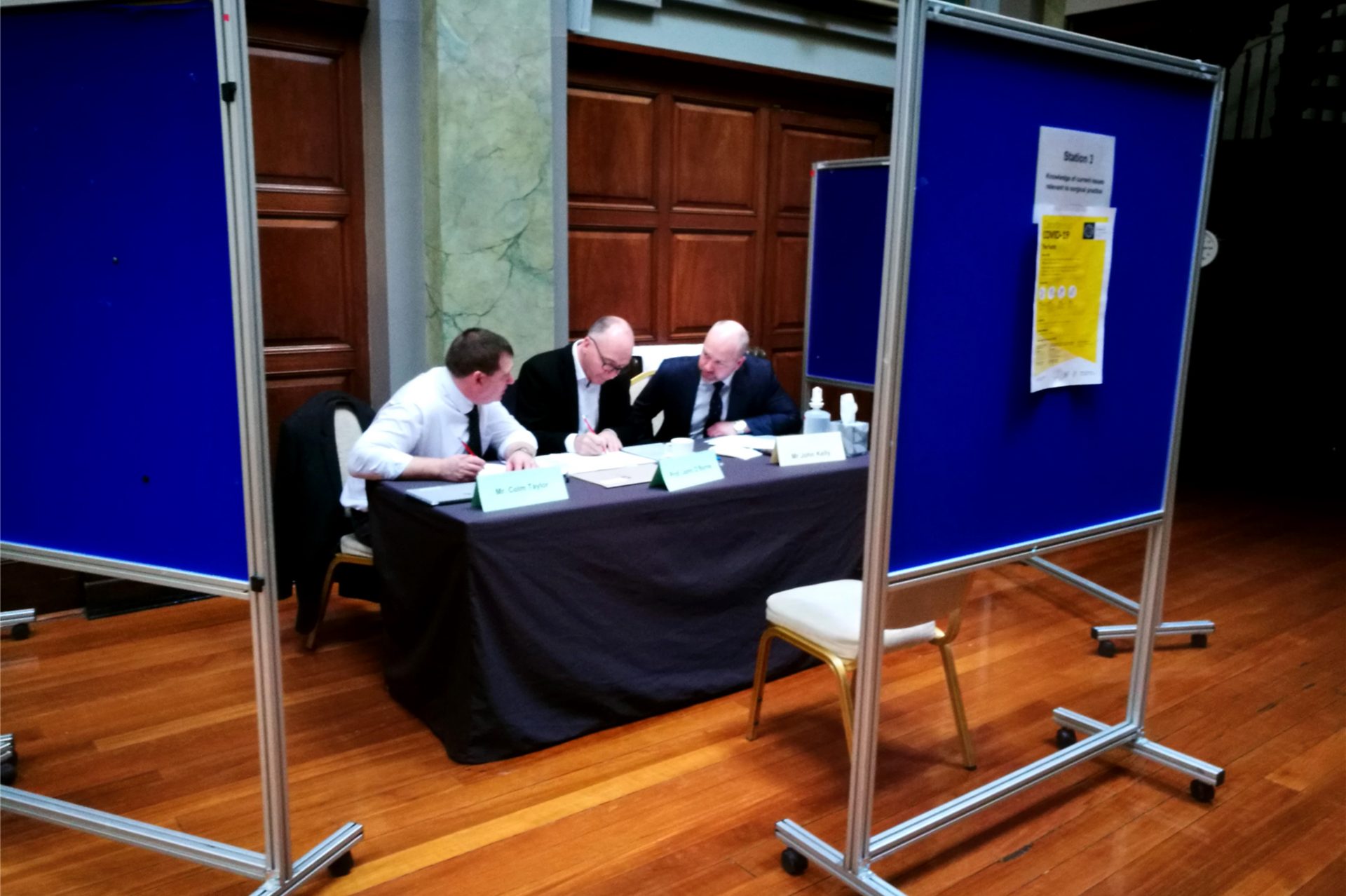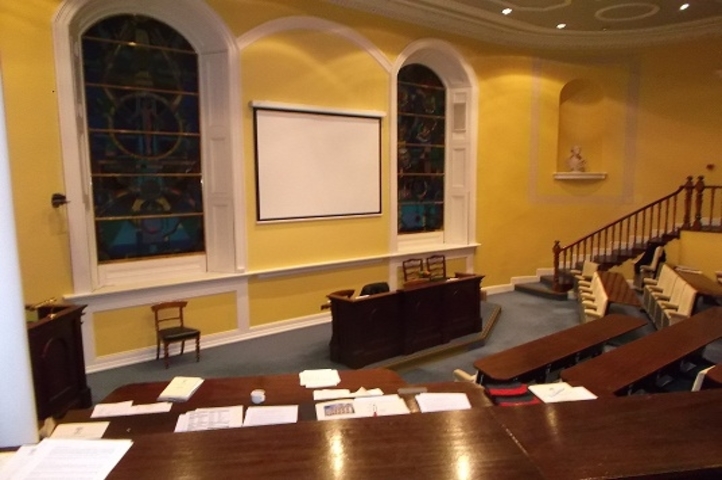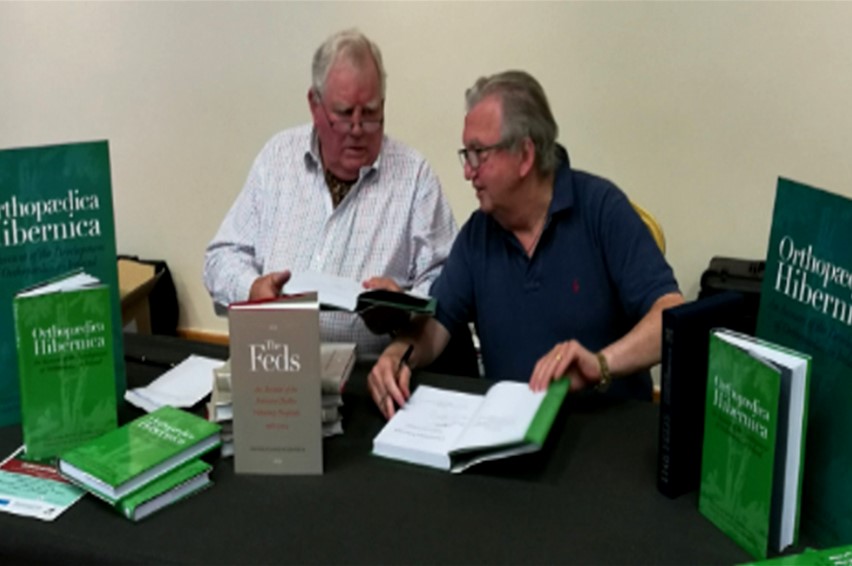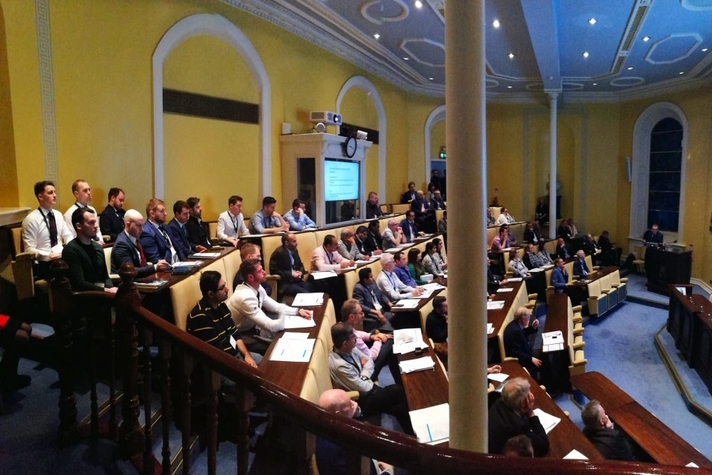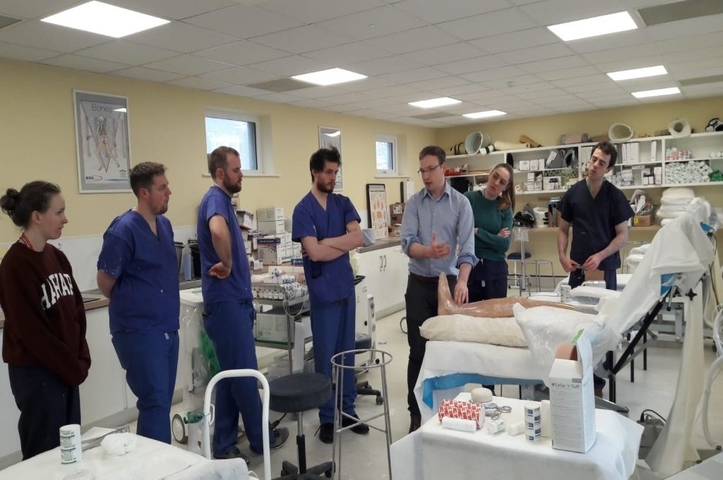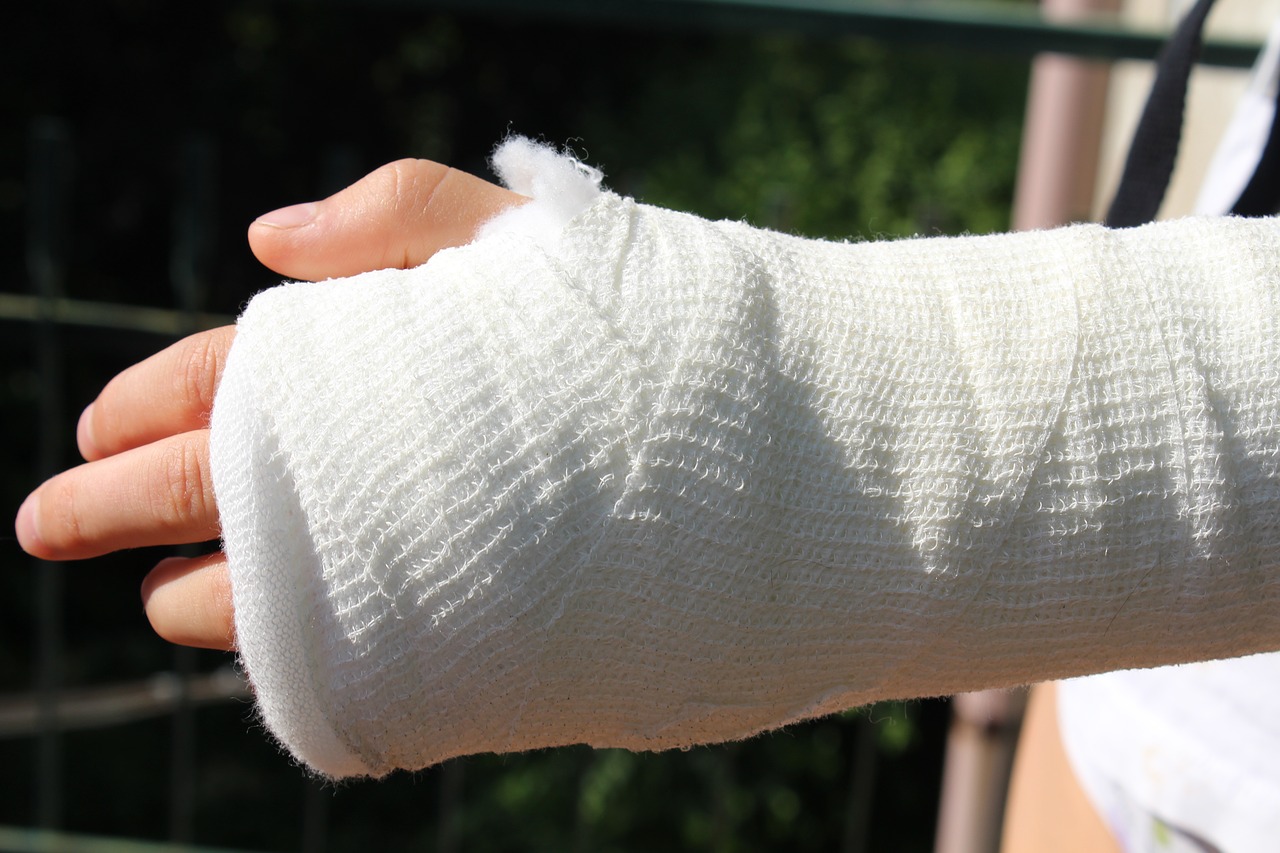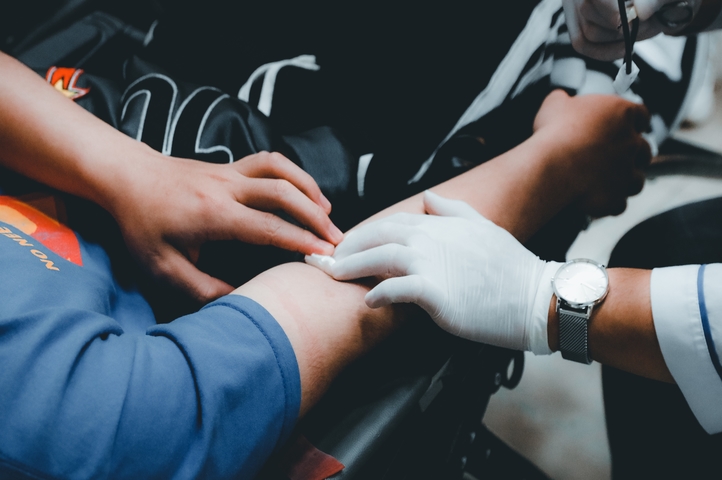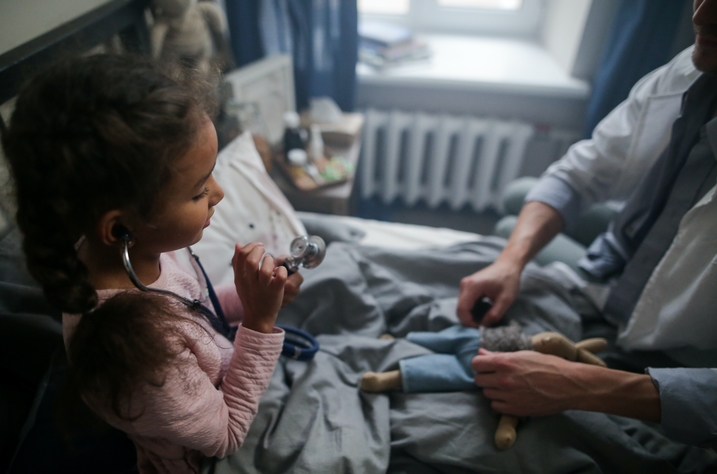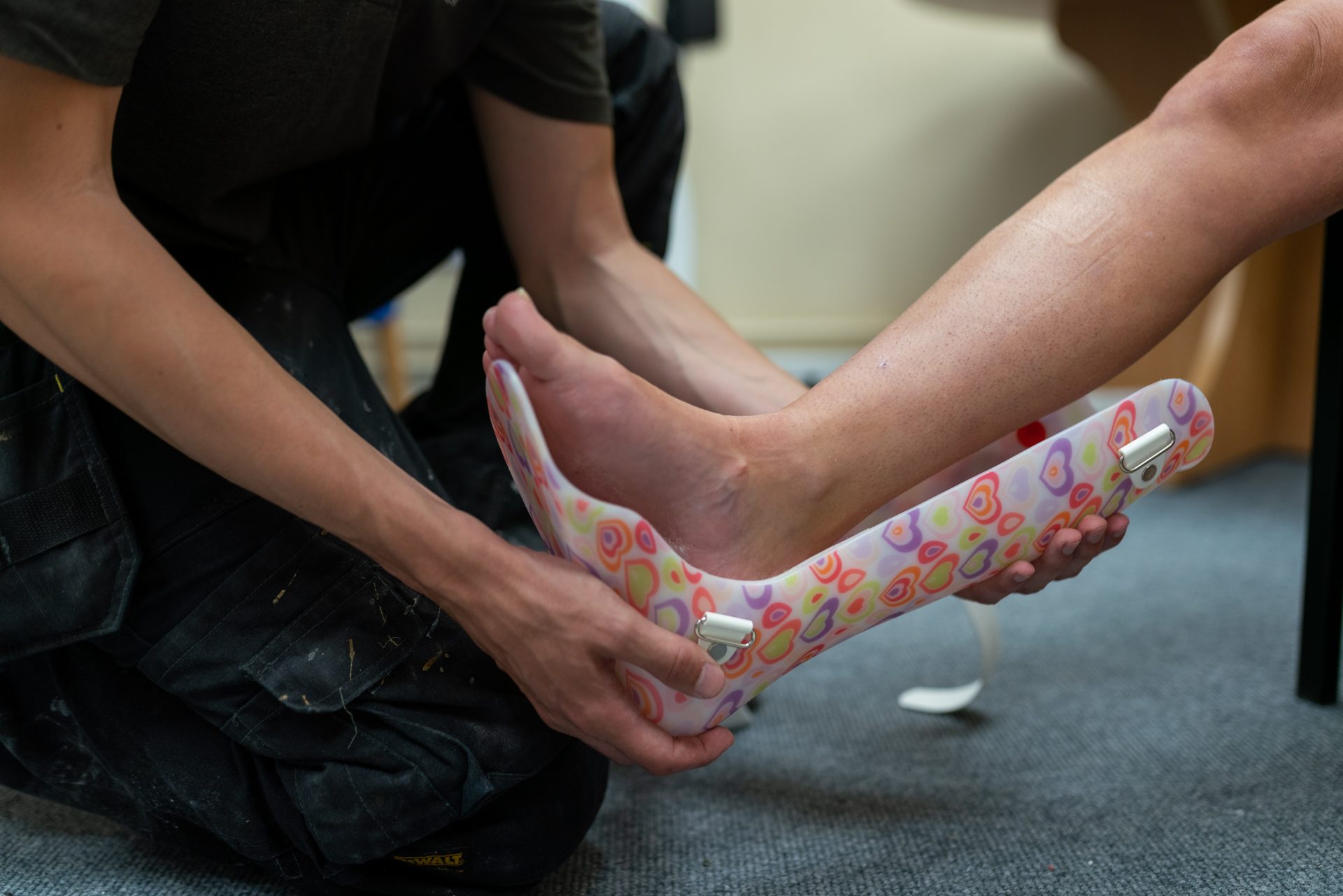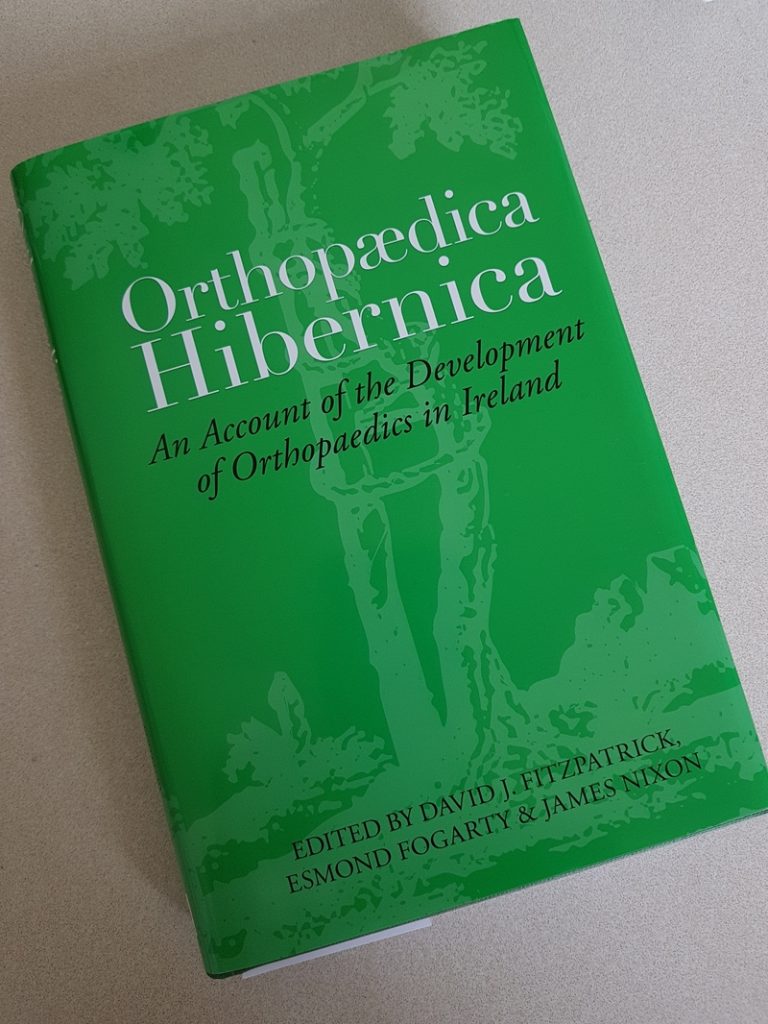The Irish Institute of Orthopaedic Surgeons was formed in 1972. Its functions included determining the need for new orthopaedic appointments, involvement in the replacement of those retiring, and a commitment to develop a training program in line with that being established in the UK under the auspices of the Specialist Advisory Committee (SAC) of the Joint Committee of the Royal Colleges of Surgeons.
Orthopaedica Hibernica – The History of Orthopaedic Surgery in Ireland
by David FitzPatrick, Ossie Fogarty and James Nixon
Available for purchase. Contact Mr David FitzPatrick via email
In the late 19th and early 20th century, orthopaedic surgery tended to be directed primarily towards the correction of deformities, both congenital and acquired.
In later years the management of tuberculous problems was rampant, then Ireland had to deal with the polio epidemics of the 1940s and 1950s, which caused many limb and spinal deformities that required surgical correction.
As these problems became less prevalent, the development of anesthetic techniques, antisepsis, and the use of antibiotics enabled the successful performance of more complex orthopaedic procedures. Total joint replacement, in its infancy in the 1950s and 1960s,
became routine, beginning with hip replacement, one of the most successful procedures practiced in any field of surgery.
And, in the field of trauma, the system of internal fixation of fractures was developed.
This dynamic book explores how operative orthopaedics has changed beyond recognition in Ireland today and describes how the levels of morbidity and mortality have been reduced as a result.
Reviews




